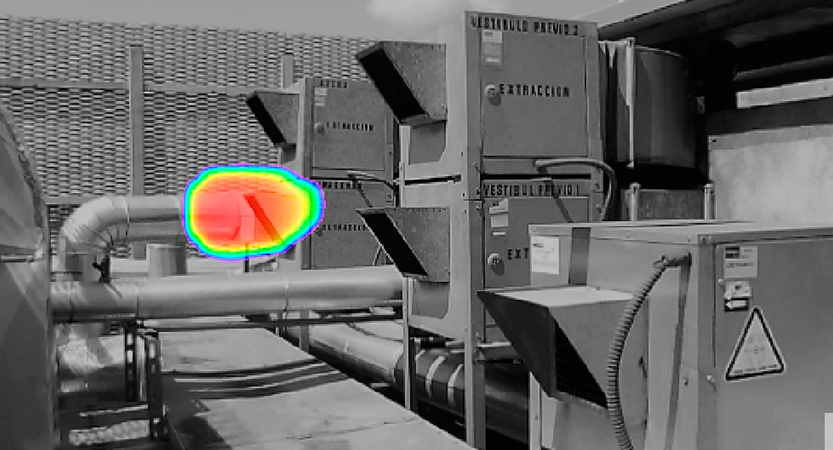
- #Camera calculate dark noise Patch
- #Camera calculate dark noise software
- #Camera calculate dark noise iso
#Camera calculate dark noise Patch
For example, S can be an individual patch pixel level or the pixel difference corresponding to a specified scene density range (1.45 or 1.5 are often used for this purpose) or a difference signal for low contrast object (for Contrast Resolution SNR). SNR can be defined in many ways, depending on how Signal S is defined. Signal-to-Noise Ratio (SNR or S/N) = Signal / Noise - Since noise is only meaningful in relationship to a signal, SNRis often more useful than noise itself.
#Camera calculate dark noise iso
See Color/Tone/eSFR ISO noise measurements. S can be the signal in any one of several color channels: R, G, B, Y (luminance, typically 0.2125 R + 0.7154 G + 0.0721 B), raw channels (R, Gr, B, Gb), or a derived channel such as R-Y or B-Y (used for chroma noise). RMS is used because \(Noise\ Power = (RMS\ Noise)^2\). \(RMS\ Noise = \sigma(S)\), where σ denotes the standard deviation. Noise is typically measured as RMS (Root Mean Square) noise, which is identical to the standard deviation of the flat patch signal S. Color/Tone Interactive, Color/Tone Auto, and eSFR ISO have the most comprehensive noise measurements. Noise is measured by several Imatest modules: Color/Tone Interactive, Color/Tone Auto, eSFR ISO, Colorcheck, Stepchart, Image Statistics, and to a limited degree in SFR, SFRplus, and Uniformity. The exception is noise measured in a sinusoidal Siemens Star pattern, used to calculate Camera Information Capacity (a camera figure of merit that combines noise and sharpness).

With just one exception, noise is measured from flat patches in test charts (there are many to choose from) or from flat field images. But noise is undesirable for most pictorial and technical imaging. (Film grain has very different statistics from digital noise- it’s multiplicative rather than additive, and its spectrum is dependent on density.) Pointillist painters, most notably George Seurat, created images from “noise” (specks of color) by hand a task that can be accomplished in seconds today with Photoshop plugins. But some Black & White photographers like its graphic effect: Many favored 35mm Tri-X film. In most cases noise is perceived as a degradation in quality.
#Camera calculate dark noise software
At high ISO speeds, noise reduction software can cause a visible loss of fine detail (texture). But noise can get ugly in compact digital cameras with tiny pixels, though improved signal processing in recent camera phones- such as combining multiple short images- has had remarkable success. The good news is noise can be extremely low in digital cameras with large pixels (pixel pitch ≥ 3 μm). Since it arises from basic physics- the photon nature of light and the thermal energy of heat- it will always be present. It is closely related to dynamic range- the range of brightness a camera can reproduce with good contrast and Signal-to-Noise Ratio (SNR). It is a key image quality factor nearly as important as sharpness. Noise is a random variation of image density, visible as grain in film and pixel level variations in digital images. This will lead to some interesting applications.

Using images of noise to estimate image processing behavior for image quality evaluation – Noise can be measured anywhere in an image– on edges, etc.– if multiple identical images are acquired. Temporal Noise – comparing the two-image and multi-image measurements ISO 15739 noise and SNR – Appendix I: Scene-referenced noise, SNR, and Dynamic RangeĪppendix II: The mathematics of noise – Links Key noise-related web pagesĭynamic Range – a general introduction with links to Imatest modules that calculate it.Ĭolor/Tone / eSFR ISO Noise – including chroma, sensor (RAW), and visual noise Introduction – Noise measurements – Noise nonuniformity correction – SNR_BW – Noise appearance


 0 kommentar(er)
0 kommentar(er)
